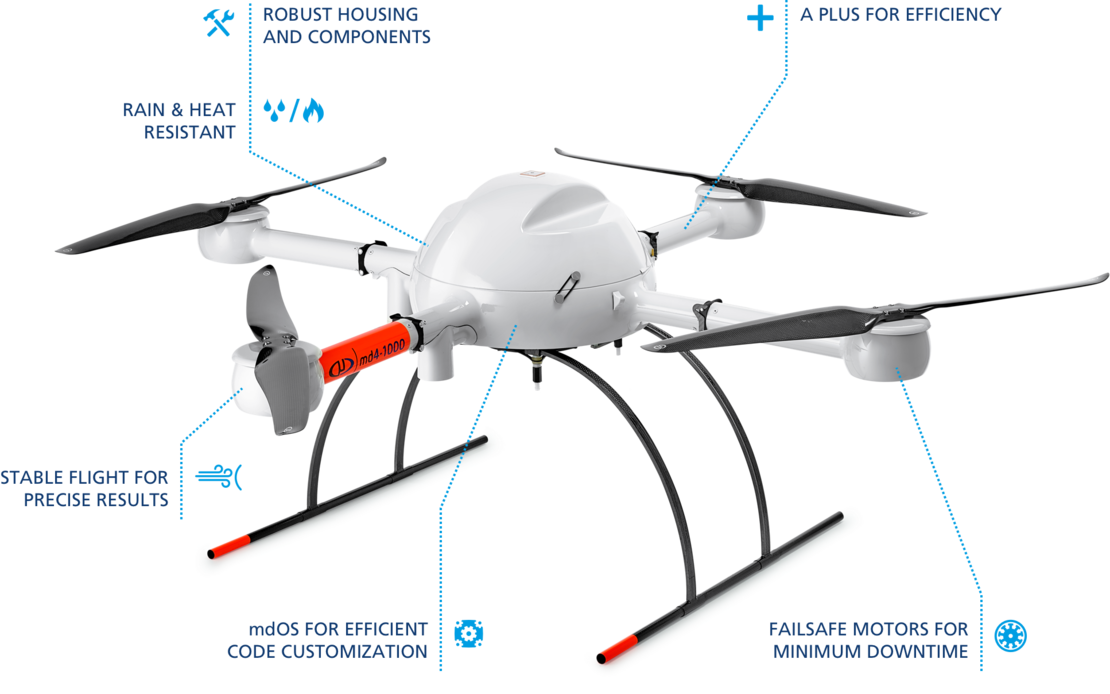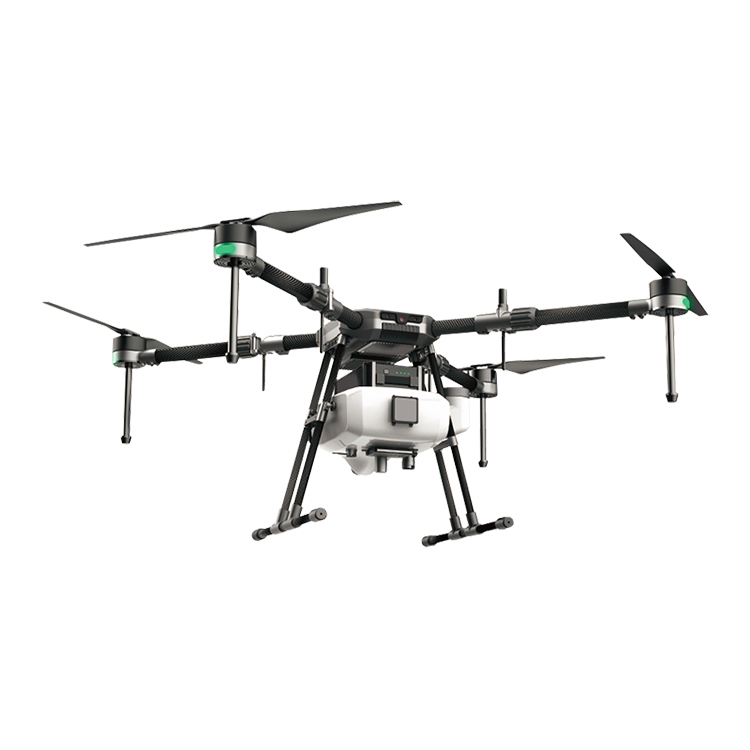THE FUTURE OF FARMING IS DRONES AND PRECISION AGRICULTURE
STATE OF THE UAV
Ever since Unmanned Aerial Vehicles (UAVs), better known as drones, became commercially available in the early 1980s, their ever-increasing capabilities have led to new applications across a variety of industries.
In just the past couple of years drone technology has advanced past the point of novelty. Drones are now a wise investment option, delivering valuable payback on initial cost. the total addressable value of drone-powered solutions in all applicable industries tops $127 billion.
THE FUTURE OF AGRICULTURE: PRECISION
One area that is quickly becoming revolutionized by drone technology is agriculture. As a result, drones have now been mainstreamed for farming, With global population projected to reach over 9 billion by 2050, agricultural consumption is expected to increase by a massive 70%
Drones can be a large part of the critical solution to this exponential increase in demand, along with closer collaboration between governments, tech leaders, and industry. Drones can assist famers in a range of tasks from analysis and planning, to the actual planting of crops, and the subsequent monitoring of fields to ascertain health and growth.

SPECIFIC APPLICATIONS
With advances such as automation and GPS guidance that have already changed the farming industry, drones are now poised to modernize it once again. Here are a few ways in which drones can fulfill a number of roles to assist farmers throughout the crop cycle.
• Soil and Field Analysis
Drones are able to produce precise maps for soil analysis at the beginning of the crop cycle, which helps to direct seed planting patterns. After planting, this data helps determine irrigation and nitrogen-level management.
• Crop Monitoring
Currently, the agricultural industry’s largest obstacle is the low efficiency in crop monitoring resulting from the massive scale of industrial farming, exacerbated by increasingly unstable weather conditions that intensify risk and maintenance costs. Drones allow real-time monitoring at a far more accurate and cost-effective level than previously used satellite imagery.
• Irrigation
Drones equipped with hyper-spectral, multispectral, or thermal sensors are able to identify areas that require changes in irrigation. Once crops have started growing, these sensors are able to calculate their vegetation index, and indicator of health, by measuring the crop’s heat signature.
• Health Assessment
Scanning crops with visible and Infrared (IR) light, drones can identify which plants may be infected by bacteria or fungus, helping to prevent disease from spreading to other crops. With Multispectral images, you can detect diseases and/or sickness before its even possible to detect it with a human eye. (This means you can see a lot more!)
Fly Dragon 10KGS agriculture drone sprayer
Intelligent Agriculture is the trend of all over the world. And the intelligent drone act as a important role in this world plan.
Agriculture spraying drone can replace the traditional pesticide sprayer and it's speed is 40times of the traditional sprayer. It will save 90% water and 30%-40% pesticide. Small droplet diameter make the pesticide more well-distribute and improve the effect. At the same time, it will make the people faraway from the pesticide and reduce the pesticide remain of the crop.


